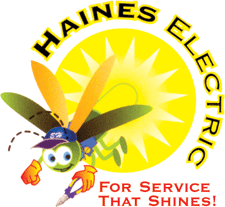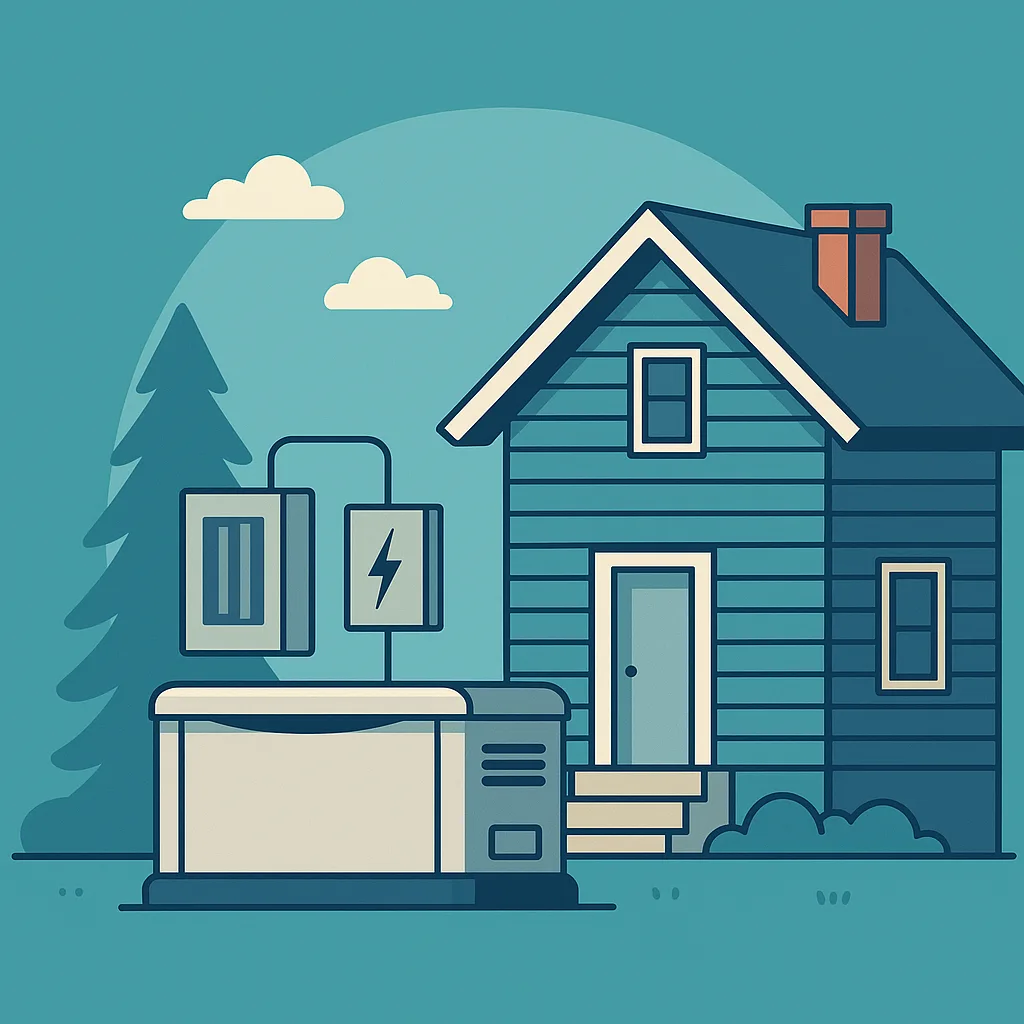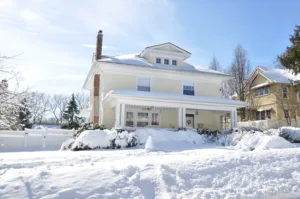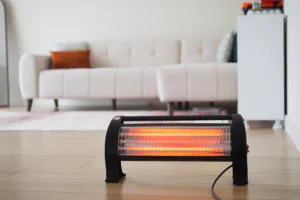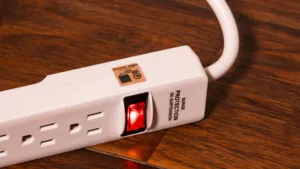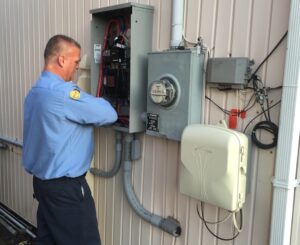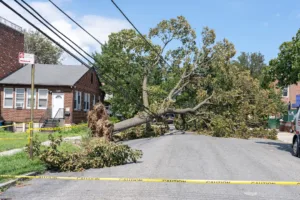Power outages on Long Island aren’t rare — especially during hurricane season or winter storms. For homeowners in Nassau County, installing a whole home generator and transfer switch can protect your family and your property when the grid goes down.
This guide explains how it all works, what you need to install one, and what to expect during the process.
🏠 What Is a Whole Home Generator?
A whole home generator (also known as a standby generator) automatically powers your house when utility service fails. Unlike portable generators, they:
- Turn on automatically
- Are wired directly into your home’s panel
- Can power your entire home (not just essentials)
Common fuel sources include natural gas or propane, and they typically sit on a concrete pad outside your home — much like an AC unit.
🔄 What Does a Transfer Switch Do?
A transfer switch is the control center between your home’s electrical panel and the generator. It safely manages:
- When to switch from utility to generator power
- Which circuits are powered during an outage
- Reconnection to the utility grid once power is restored
There are two types:
- Manual transfer switches – require human intervention
- Automatic transfer switches (ATS) – switch power automatically within seconds
In Nassau County, most homes use ATS for convenience and safety.
🏠 Do I Need a Transfer Switch?
You need a transfer switch if you’re:
- Installing a new whole-home generator
- Upgrading from a portable generator setup
- Separating essential circuits for backup
- Wanting the convenience of hands-off switching
Even for smaller backup systems, a transfer switch makes your setup legal, safe, and efficient.
Manual vs. Automatic Transfer Switches
| Feature | Manual | Automatic |
|---|---|---|
| Cost | Lower upfront | More expensive |
| Operation | Manual flipping | Fully automatic |
| Response time | Minutes | Seconds |
| Best for | Portable generators | Standby generators |
| Permit required | Yes (both types) | Yes |
💡 Nassau County often mandates automatic transfer switches for whole-home standby systems.
🛠️ Do I Need a Permit to Install a Generator and Transfer switch in Nassau County?
Yes. Every township and village in Nassau County requires a permit to install a standby generator.
- Panel upgrades and gas work often require additional permits
- Work must be done by a licensed electrician and, if applicable, a licensed plumber
- Inspections are required post-install
We handle this whole process for you — from permit application to inspection approval.
💵 What Does a Whole Home Generator Installation Cost?
In Nassau County, expect:
- Generator unit: $4,000–$8,000
- Installation: $3,000–$6,000 (depends on distance from panel, gas access, etc.)
- Transfer switch: $500–$1,500
- Permits and inspections: $300–$800
💡 Costs may vary by town (e.g., Hempstead vs. North Hempstead) due to local codes or additional inspection fees.
🧰 Typical Installation Timeline
- Site visit and sizing
- Permit filing with your township
- Gas line prep (if needed)
- Electrical installation and panel tie-in
- Town inspection and final test
Start to finish: usually 2–3 weeks, weather and permit speed depending.
Briggs & Stratton Certified Installer – Serving Nassau County
Haines Electric is a Briggs & Stratton Certified Installer, which means we’re trained to:
- Properly size and install Briggs & Stratton home standby generators
- Follow manufacturer guidelines for performance and warranty protection
- Install and configure automatic transfer switches
- Coordinate with gas utility and township inspectors for seamless service
We trust Briggs & Stratton for their reliability, parts availability, and performance in Long Island’s demanding weather conditions. Whether you’re backing up a few essentials or your entire home, we can recommend the right model and handle the job from start to finish.
💬 FAQ
Yes. Whether it’s a manual or automatic transfer switch, if it connects to your home’s electrical panel, most towns and villages in Nassau County require a permit. This includes:
Town of Hempstead
Town of Oyster Bay
Town of North Hempstead
Villages like Garden City, Rockville Centre, and Long Beach
Permits must be pulled by a licensed electrician registered in that jurisdiction.
A manual transfer switch requires you to flip the switch during an outage
An automatic transfer switch (ATS) detects the outage and switches power over automatically
Automatic switches are more common for whole-home generators and permanent installations in Nassau County.
Yes. Some homeowners choose to install a transfer switch now and add a generator later. This can help with:
Planning phased upgrades
Passing a home inspection
Making your system generator-ready
You’ll still need a permit for the transfer switch installation.
Absolutely. Nassau County building departments require a licensed master electrician to install, file, and inspect any system connected to your home’s panel or meter.
DIY installation is not permitted.
Costs vary depending on the type and size:
Manual transfer switch: $500–$1,200 installed
Automatic transfer switch: $1,200–$2,500+
Permit fees: $150–$400 depending on town
Labor, distance from panel, and complexity also affect pricing.
📞 Get a Free Generator Estimate Today
At Haines Electric, we’ve installed hundreds of whole home generators across Nassau County. Let us walk you through the process — permits, gas coordination, install, and inspection — all done right.
